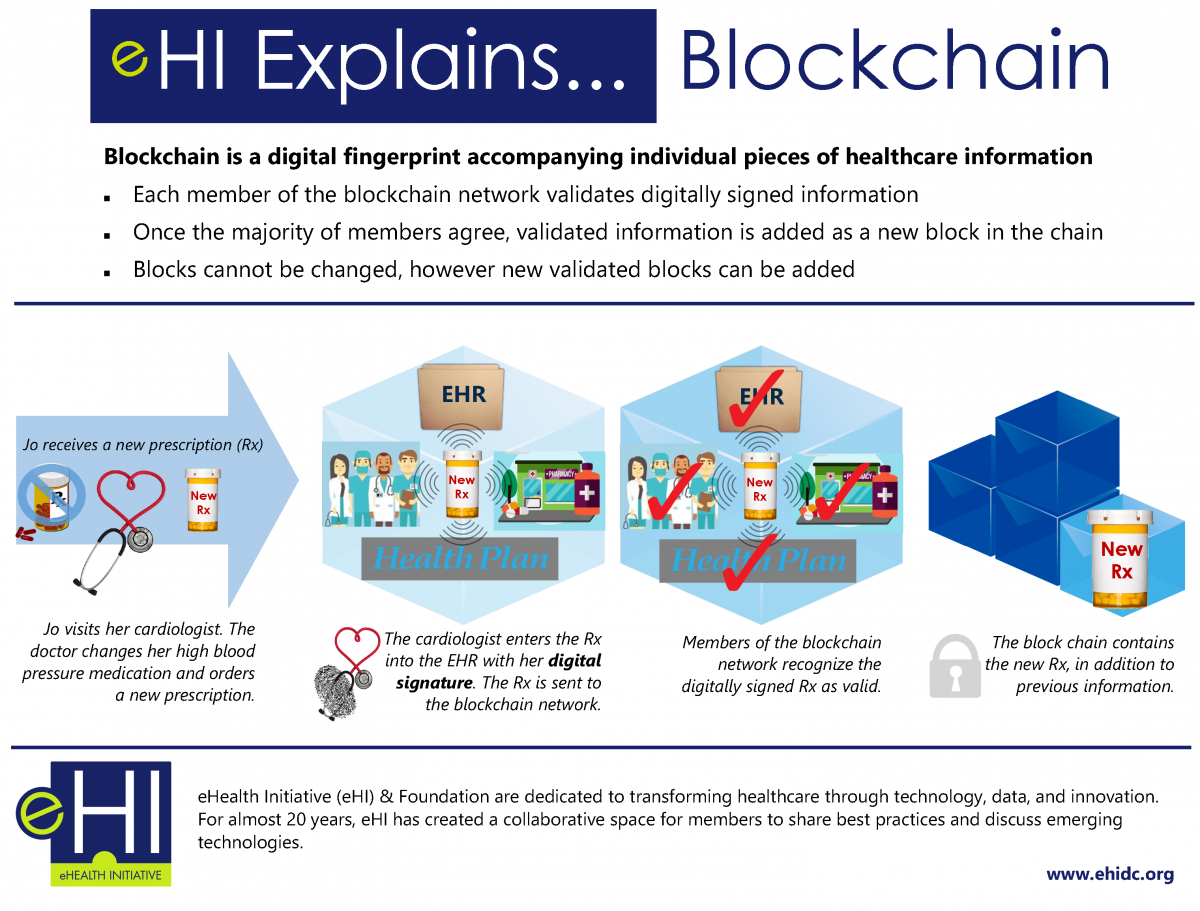Topic intro description here. Limited to 145 characters. Topic intro description here. Limited to 145 characters. Topic intro description here.
Understanding the Support Needs of Minority Women with Heart Disease
Study from Marcario et al. (2011). Survey of women of color living with CVD to understand their unique CVD-related support needs.
Government Affairs Retreat 2018
Thursday | January 25, 2018
*FULL agenda and location information are on the tabs above.
eHealth Initiative is setting our legislative agenda for 2018 with our annual, day-long, Government Affairs Retreat. This event provides the opportunity for members to discuss policy and exchange ideas and information with senators, representatives, and congressional aides. Join us as we address:
Webinar: 2017 Survey Results: Provider Perspectives on Patient Data
Visit eHI's resource center to download presentation slides.
Hand-off Communications -- is there an app for that?
This playable PPT presentation with audio describes the Cloud Healthcare Appliance Real-Time Solution as a Service information technology reference architecture for a cloud-based integrated development environment (IDE). This IDE is designed for use by healthcare provider subject matter experts (SMEs) with low cost and little/no need for IT system or staff resources. Healthcare SMEs can use CHARTSaaS to design, develop, deploy, operate and optimize apps that provide real-time cognitive support to them in the execution of clinical and administrative processes. CHARTSaaS-built apps are expected to have significant positive transformative impact on medical practice and healthcare delivery resulting in much-improved personal health maintenance, medical mistake mitigation, clinical case management, optimal case outcomes and accelerated knowledge accrual.
The Future of Healthcare Depends on a New Architecture for Patient Identity Interoperability
The future of U.S. healthcare demands extensive coordination across the full continuum of care. But accurate patient identification and patient matching are essential for this coordination: - The ability to access patient information is integral to care coordination across the full continuum of care; - Resolving patient identities across disparate systems is critical to accessing information; - Existing Master Patient Indexes (MPIs) cannot resolve identities consistently or well enough to support healthcare's emerging needs. Learn why a new type of MPI technology will pave the way for "identity interoperability" across the entire continuum of care.
eHI Explains Blockchain
The Future of Blockchain in Quality Measurement
9/7/17 presentation from Jason Goldwater of National Quality Forum on Blockchain and its role in Health IT and Quality Measurement.
Towards a National IIS Strategy: Options for Developing a National Immunization Information System Architecture
Immunization Information Systems (IIS) have been under development for over twenty years in the US with systems deployed in nearly every state and territory. Yet no national IIS exists, and no serious discussion is underway for a national strategy for IIS data access. This white paper describes the enablers and barriers for creating a national IIS strategy, as well as various potential models for its development, including the attributes, strengths, and challenges for each proposed option. Finally, suggestions are made for informing US policy in this area moving forward.
Decision Support for Data Segmentation (DS2): Technical and Architectural Considerations
This paper presents the results of a research-oriented project to demonstrate that certain Data Segmentation for Privacy, orDS4P tasks can be enhanced through the use of clinical decision support (CDS) technology. It advances a novel use of CDS tools to 1) identify and sequester certain types of information from electronic medical records and to 2) help mitigate the potential risks of exchanging records from which data have been sequestered. The approach is called Decision Support for Data Segmentation, or DS2, builds upon standards-based open source CDS technology to create a familiar CDS-based platform for the development and testing of functions to identify and redact selected conditions from clinical summary documents in various contexts including Health Information Exchange (HIE) between healthcare providers. The DS2 prototype demonstrates how deterministic clinical rules and machine learning-based classifiers can work together to detect clinical facts that may imply a condition even if they are not directly related to the condition and how CDS at the point-of-care can potentially make use of clinical information even after it has been sequestered.
Fighting Information Blocking in the Emerging Learning Health System
In January 2015, the Office of the National Coordinator for Health Information Technology (ONC) released the first draft of their Nationwide Interoperability Roadmap. The roadmap lays out the principles, requirements and strategies for enabling and managing interoperability within what it calls the “Learning Health System” (LHS), which represents a paradigm shift in the healthcare ecosystem within which organizations operate. Within this vision, the LHS will feel less like a collection of interoperable systems and more like one large virtual system, providing appropriate access to data where and when it is needed–both for clinical as well as analytic purposes. Many EHR vendors are putting up barriers to access data that comes into the EHR even if the data originates within an organization – often referred to as “information blocking,” which may lead to increased monetization of healthcare data. While the use by vendors of standards-based versus proprietary approaches to data access helps reduce some of these barriers, the strict use of standards by vendors does not guarantee that data will be accessible and available to the organizations that have already paid to capture and store it. This article will discuss the potential impact that the LHS will have on the development of interoperability standards within healthcare and the continuing evolution of electronic health records (EHRs) to meet this vision. This article will offer perspectives on how healthcare organizations can work to educate themselves and advocate for systems more supportive of the LHS’s emerging needs.

